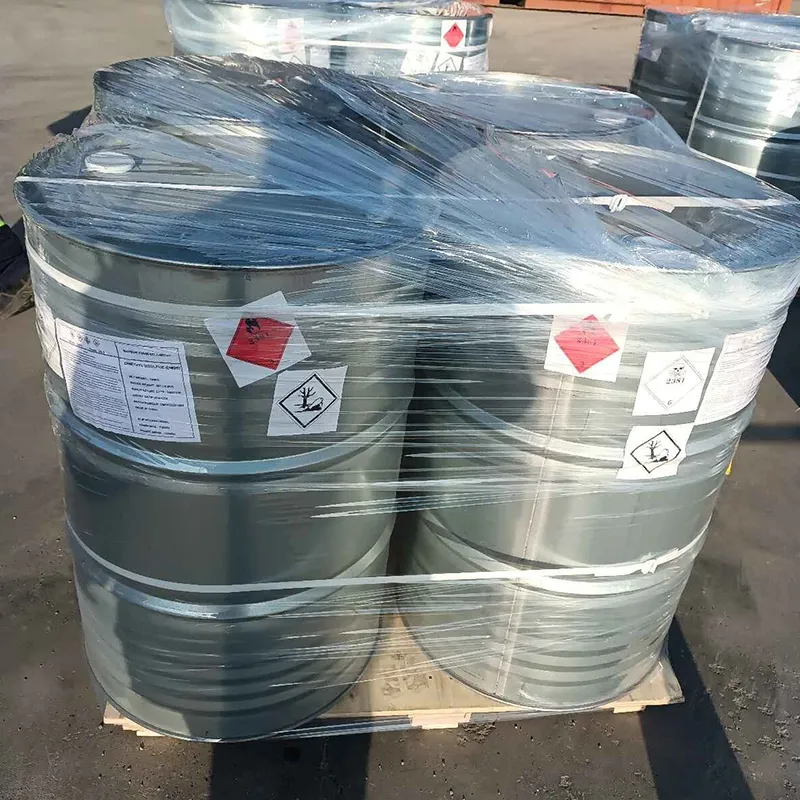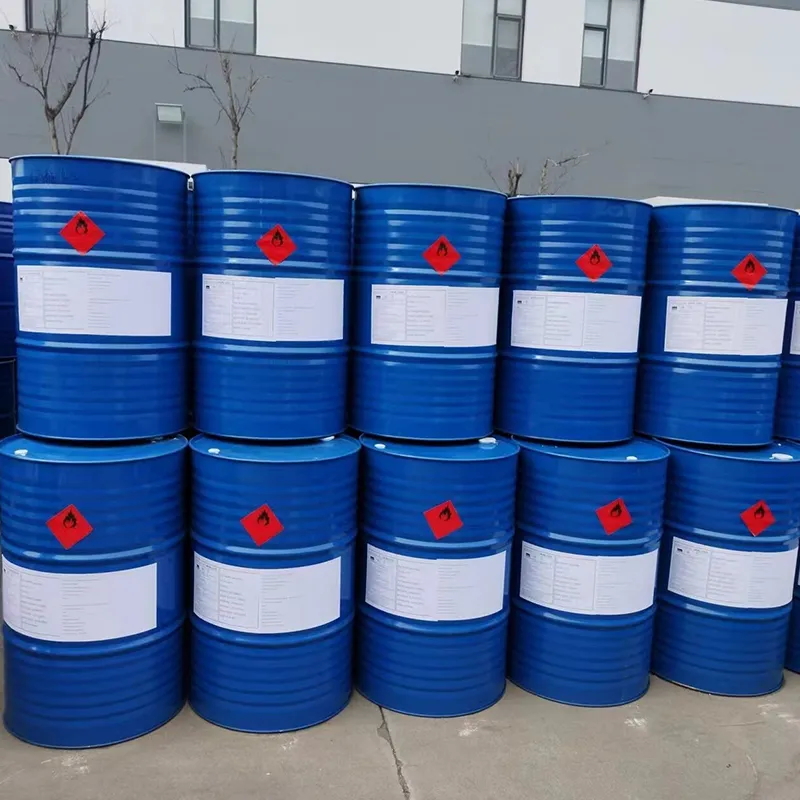
Organic Liquid Fertilizer for Fast-Absorbing Plant Nutrition Eco-Friendly
- The Rising Demand for High-Efficiency Plant Nutrition
- Unpacking the Science Behind Liquid Organic Fertilizers
- Key Technical Advantages Over Traditional Granular Options
- Market Leaders in Organic Liquid Fertilizer Production: A Comparative Analysis
- Tailoring Fertilizer Solutions to Crop-Specific Nutrient Profiles
- Real-World Impact: Case Studies from Sustainable Farms
- The Future of Organic Liquid Fertilizer in Global Agriculture

(organic liquid fertilizer)
The Rising Demand for High-Efficiency Plant Nutrition
Global organic farmland expanded by 4.1 million hectares in 2022 alone, creating unprecedented demand for precision plant nutrition solutions. Modern farming operations increasingly require organic liquid fertilizer
products that deliver immediate bioavailability while maintaining strict ecological compliance. The European organic food market's 15% annual growth since 2020 highlights shifting consumer preferences that directly impact agricultural input decisions. Unlike slow-release granular alternatives, premium liquid fertilizers ensure critical nutrients like nitrogen and phosphorus become available to plants within hours rather than weeks.
Unpacking the Science Behind Liquid Organic Fertilizers
Advanced extraction methods transform plant and mineral sources into concentrated formulas through enzymatic hydrolysis. These techniques preserve vital micronutrients like zinc and iron that traditional composting degrades. Leading research institutions established that liquid potash fertilizer variants achieve 92% potassium absorption within the first week compared to 34% absorption rates in dry counterparts. Chelation technology further enhances bioavailability by bonding minerals to amino acids, preventing nutrient lock-up in soil. Customizable formulations allow growers to create species-specific blends combining fish hydrolysate, kelp minerals, and mined nutrients according to tissue analysis results.
Key Technical Advantages Over Traditional Granular Options
Liquid organic fertilizers integrate seamlessly with modern precision agriculture systems including fertigation networks and hydroponic installations. They demonstrate superior performance metrics compared to alternative formats:
| Performance Metric | Liquid Formulations | Granular Products |
|---|---|---|
| Labor Requirements | 12-18 hrs/acre | 28-36 hrs/acre |
| Nutrient Homogeneity | 98% uniformity | 68-72% uniformity |
| Soil Modification Period | Immediate | 2-4 week delay |
| Precision Application | Sub-inch accuracy | Variable spread pattern |
Specialized liquid calcium fertilizer options solve specific mineral deficiencies by delivering over 80,000 ppm soluble calcium to crops facing blossom end rot or cork spot disorders. The precision of liquid applications reduces input waste by approximately 40% compared to broadcast spreading.
Market Leaders in Organic Liquid Fertilizer Production: A Comparative Analysis
The commercial landscape features distinct approaches across market leaders regarding formulation technology and ecological priorities:
| Producer | Base Materials | Specialization | Yield Impact |
|---|---|---|---|
| Nature's Science | Kelp/Sebum | High-phosphorus formulas | 22-24% avg. increase |
| Verdant Solutions | Bone Meal/Sulfates | Liquid potash fertilizer lines | 18-20% avg. increase |
| Pacific Minerals | Marine Deposition | Calcium-boosted products | 27% fruit-bearing crops |
Third-party analysis indicates substantial variation in micronutrient content between producers - Pacific Minerals' formulations contain 18% more soluble manganese and zinc than industry averages. Manufacturing methods also differ significantly with batch fermentation periods ranging from 14 days to over 90 days. These differences directly impact microbial populations in treated soils.
Tailoring Fertilizer Solutions to Crop-Specific Nutrient Profiles
Custom blend development begins with comprehensive soil analysis interpreting over 22 mineral markers including boron availability and cation exchange capacity. Berry fruit operations implement specialized recipes targeting 4-8-6 NPK ratios with supplemental kelp extracts known to enhance brix levels. Vineyards favor liquid calcium fertilizer applications timed to critical phenological stages to prevent cluster disorders. Advanced manufacturing facilities now maintain proprietary strain banks with 500+ microbial cultures allowing precision fermentation of raw materials into crop-specific formulas. Vegetable growers report 30% higher marketable yields when using phased application programs rather than standardized regimens.
Real-World Impact: Case Studies from Sustainable Farms
Willamette Valley viticulturists eliminated calcium-deficient harvests entirely following regimented applications of organic liquid fertilizer throughout the growing season. Vineyards documented production increases from 2.8 to 4.1 tons per acre despite drought conditions in California's Sonoma County. Midwestern soybean growers achieved 72% higher protein content in crops through strategic applications before flowering. Dairy forage producers reduced feed supplementation costs by 18% after implementing alfalfa-focused nitrogen formulas. These documented results demonstrate measurable improvements compared to conventional fertility management strategies.
The Future of Organic Liquid Fertilizer in Global Agriculture
Emerging encapsulation technologies promise extended soil residence time while maintaining bioavailability, resolving the primary challenge facing organic liquid fertilizer systems. Next-generation formulas incorporate beneficial microbes like Azospirillum brasilense that fix atmospheric nitrogen directly at root zones. The sector anticipates compound annual growth of 12.9% through 2030 as regulatory bodies implement stricter nutrient runoff controls. Commercial agriculture increasingly adopts blended approaches combining liquid potash fertilizer during establishment phases with targeted liquid calcium fertilizer sprays at fruit development. Continuous refinement of organic liquid fertilizer production methods ensures these inputs remain essential for sustainable intensive farming worldwide.

(organic liquid fertilizer)
FAQS on organic liquid fertilizer
Q: What is organic liquid fertilizer?
A: Organic liquid fertilizer is a natural plant nutrient solution made from decomposed organic matter like compost, seaweed, or animal manure. It provides quick nutrient absorption for plants and enhances soil health. It’s ideal for both indoor and outdoor gardening.
Q: How often should I apply liquid potash fertilizer?
A: Liquid potash fertilizer is typically applied every 2–4 weeks during the growing season. Dilute it as per instructions to avoid over-fertilization. It’s especially beneficial for flowering plants and fruit-bearing crops.
Q: Can liquid calcium fertilizer prevent blossom-end rot in tomatoes?
A: Yes, liquid calcium fertilizer helps strengthen cell walls and reduces blossom-end rot in tomatoes. Apply it early in the growing season and ensure consistent soil moisture. It’s also effective for other calcium-deficient crops like peppers.
Q: Are organic liquid fertilizers safe for all plants?
A: Most organic liquid fertilizers are gentle and safe for a wide variety of plants. However, check specific formulations for pH or nutrient ratios to match plant needs. Always test on a small area first for sensitive species.
Q: What’s the difference between liquid potash and liquid calcium fertilizers?
A: Liquid potash fertilizer focuses on potassium, aiding flowering and disease resistance, while liquid calcium fertilizer provides calcium to improve cell structure and prevent deficiencies. Use them together or separately based on soil test results.
-
What Is a Food Additive? Global Insights, Applications & Future TrendsNewsNov.24,2025
-
968 Sweetener: The Modern Solution for Health-Conscious SweeteningNewsNov.23,2025
-
Discover the Benefits and Uses of 965 Sweetener (Erythritol) | Tenger ChemicalNewsNov.23,2025
-
961 Sweetener - A Next-Gen Sugar Alternative for Health and IndustryNewsNov.23,2025
-
Understanding 960 Sweetener: The Modern Sugar Alternative for Health and IndustryNewsNov.22,2025
-
Everything You Need to Know About 955 950 Sweeteners – Benefits, Uses, and TrendsNewsNov.22,2025
-
953 Sweetener: Global Insights, Applications, and Future TrendsNewsNov.21,2025
Hebei Tenger Chemical Technology Co., Ltd. focuses on the chemical industry and is committed to the export service of chemical raw materials.
-

view more DiethanolisopropanolamineIn the ever-growing field of chemical solutions, diethanolisopropanolamine (DEIPA) stands out as a versatile and important compound. Due to its unique chemical structure and properties, DEIPA is of interest to various industries including construction, personal care, and agriculture. -

view more TriisopropanolamineTriisopropanolamine (TIPA) alkanol amine substance, is a kind of alcohol amine compound with amino and alcohol hydroxyl, and because of its molecules contains both amino and hydroxyl. -

view more Tetramethyl Thiuram DisulfideTetramethyl thiuram disulfide, also known as TMTD, is a white to light-yellow powder with a distinct sulfur-like odor. It is soluble in organic solvents such as benzene, acetone, and ethyl acetate, making it highly versatile for use in different formulations. TMTD is known for its excellent vulcanization acceleration properties, which makes it a key ingredient in the production of rubber products. Additionally, it acts as an effective fungicide and bactericide, making it valuable in agricultural applications. Its high purity and stability ensure consistent performance, making it a preferred choice for manufacturers across various industries.





